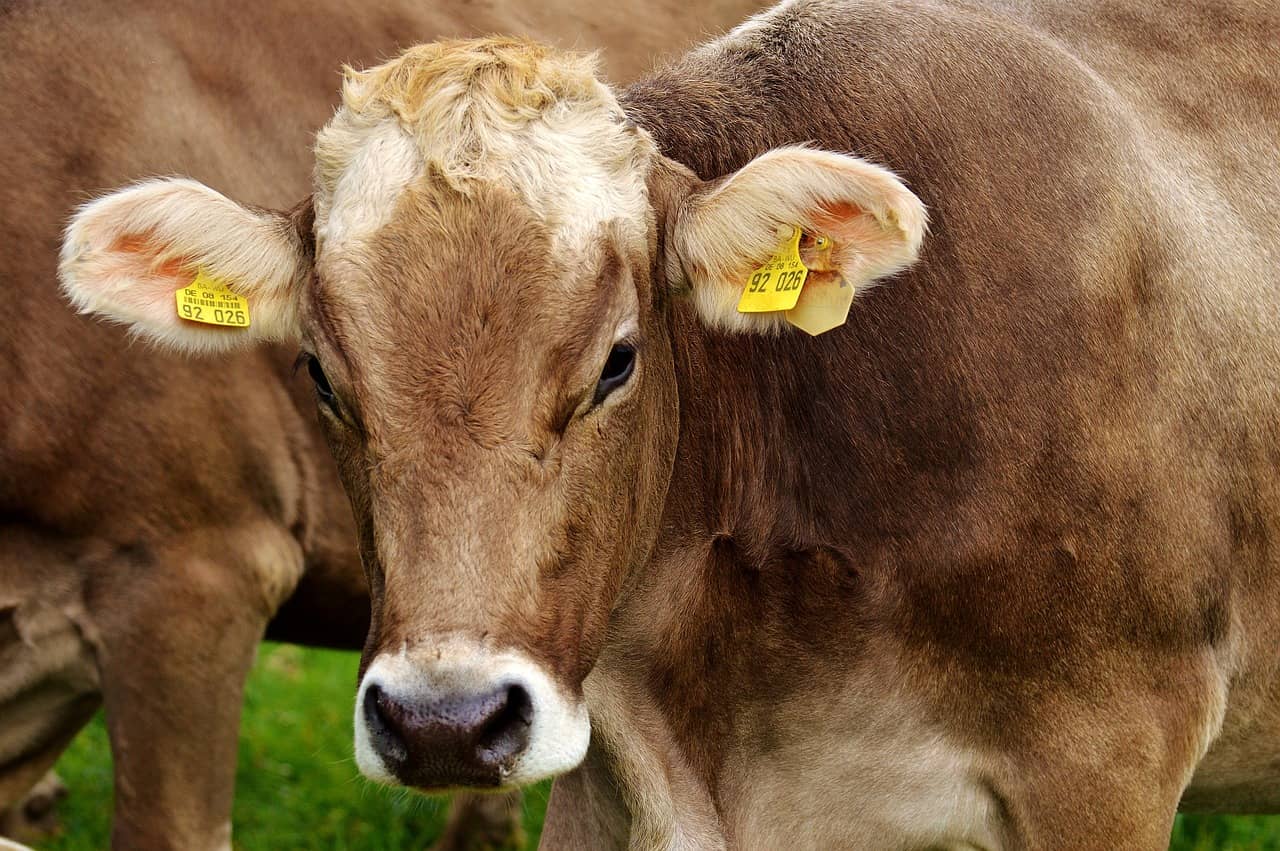
(NewsDakota.com/NorthDakotaAgConnection.com) – The importance of limiting exposure to disease has been top of mind for folks these past few years and many of the prevention strategies also apply to livestock, specifically newborn calves, said Kansas State University veterinary experts on a recent Cattle Chat podcast.
“Prevention and early detection are two keys in reducing the spread of disease in newborn calves,” said Brad White, veterinarian.
One disease that is of great concern for newborn calves is scours, otherwise known as diarrhea, said veterinarian Bob Larson.
“Scours often impacts calves in the first month of life because of their developing immune system, and if they lose too many electrolytes, they can develop metabolic acidosis, which can be fatal if not promptly treated,” Larson said. “Once the calves reach a month of age, they are much more resilient to the severe effects of scours.”
Larson said the disease typically spreads through animal-to-animal transmission, but this risk can be minimized depending on how the cows and calves are managed during the calving season.
“Keeping the older calves away from the newborns is one management strategy to reduce the likelihood of disease spread,” Larson said. “A calf that is a few weeks of age tends to shed a lot of germs, putting the newborns at risk.”
The veterinarians recommend having multiple calving pastures. In this system, every 2-3 weeks the pregnant cows are moved to a new location thereby leaving the cow-calf pairs in the pasture where they calved White said.
“By moving the pregnant cows to a new pasture, producers can be sure those calves are being born in a clean environment,” he said.
Another management strategy is to focus sanitation and age-separation efforts on calves born to heifers since these calves are less likely to consume enough high-quality colostrum compared to the calves born to cows.
To help make sure the cows are giving the calves optimum immunity, good nutrition prior to calving is key, said beef cattle nutritionist Phillip Lancaster.
“The antibodies in the colostrum passed from the dam to her calf is the calf’s first defense against any of those pathogens, so it is important to have the cows at a body condition score of five or six when they calve,” he said.
Once the cows calve, Larson recommends adjusting how the hay is delivered to minimize the congregation of the herd.
“During calving season, feeding hay in round bale feeders can lead to a lot of manure buildup in a small area, increasing the risk of disease spread,” Larson said. “Instead, producers should unroll the hay on the ground and move that location to help spread out the cows, even though it means there will be some hay wastage.”
White agrees, adding that “cattle are going to stay around where the hay and water are located, and they don’t tend to roam if they are not grazing.”
